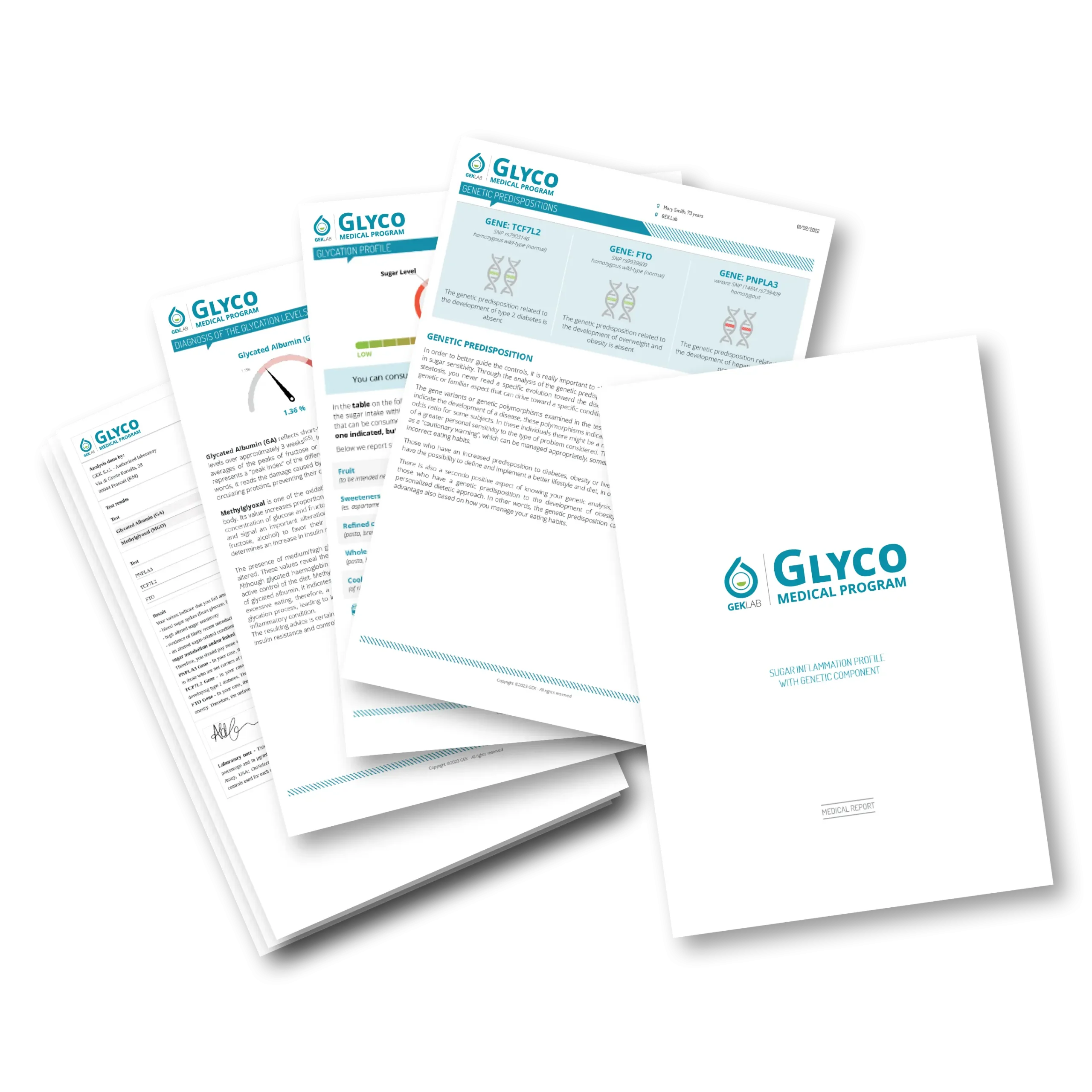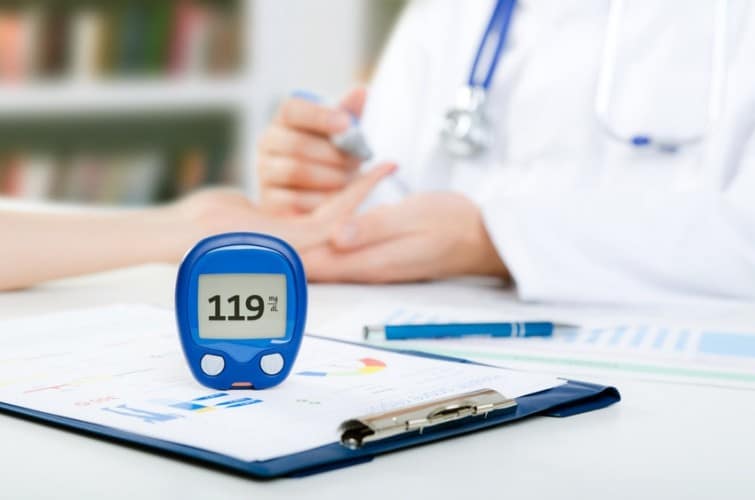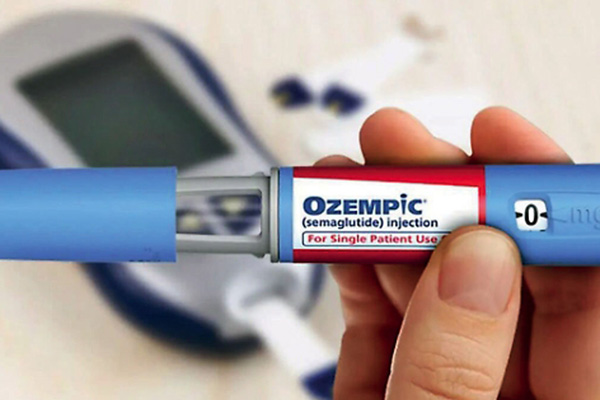Diabetes and hyperglycemia: an overview

Diabetes is a chronic condition linked to hyperglycemia, affecting millions of people worldwide. Characterized by elevated glucose concentration in the blood, diabetes results from dysfunction in the insulin regulation system, the hormone responsible for controlling blood sugar.
In industrialized countries, the percentage of individuals affected by either diabetes or prediabetes ranges from 35 to 55% of the population.
In Italy, diabetes is a growing public health issue. According to data from the Italian National Institute of Health, approximately 9% of the Italian population is affected by diabetes, with type 2 being the most common form: nearly 20% of adults over 60 years of age suffer from it.
With the increase in people with diabetes or those who have already developed sugar-related complications, all related chronic diseases also increase, precisely those that represent about 80% of the expenses of the National Health Services.
.
Fasting blood glucose and glycated hemoglobin are commonly used parameters to diagnose the presence of diabetes. However, normal values of these indicators may not allow us to detect sugar-related damage early, which precedes the subsequent development of diabetes.
Type 1 and type 2 diabetes: differences and similarities
Diagnosis is based on fasting blood glucose and glycated hemoglobin measurements. Diabetes is diagnosed for blood glucose values above 125 mg/dl and glycated hemoglobin equal to or above 6.5%.
However, there are two forms of diabetes:
Type 1 diabetes develops when the immune system mistakenly attacks insulin-producing cells in the pancreas. This type of diabetes requires daily insulin use to maintain adequate blood glucose levels.
Type 2 diabetes, on the other hand, is often the result of a combination of genetic factors and an unhealthy lifestyle. In this case, the pancreas may produce insulin, but cells do not respond appropriately to this hormone. An imbalanced diet rich in simple sugars, excessive sedentary behavior, and lack of physical activity are among the causes of its increasingly widespread presence in the population.
Complications of diabetes
Most people associate diabetes with memories of “grandpa taking insulin,” relegating the possibility of this image far into the future, as if it were a problem only for “old folks.” However, sugar-related damage occurs much earlier and also affects middle-aged adults and young adults. In addition to weight gain, these damages also involve documented reductions in performance (both sports and general), cognitive decline, reduced concentration, recurrent infectious diseases, and persistent fatigue.
In later and uncontrolled stages, poorly managed diabetes can lead to a series of serious complications, including cardiovascular diseases, kidney damage, neuropathies, severe eye conditions that may degenerate into blindness, circulatory disorders, and limb injuries that, in extreme situations, may require amputation. All of these conditions are perfectly preventable without giving up the pleasure of eating.
Prevention of diabetes
Fasting blood glucose and glycated hemoglobin are commonly used parameters to diagnose diabetes. However, normal values of these traditional indicators do not allow us to detect sugar-related damage early, which always precedes the subsequent development of diabetes in an evident manner.
Elevated levels of glycated albumin and methylglyoxal, currently measured in a few excellent laboratories, including GEK Lab, instead indicate early sugar-related damage.
Measuring these two parameters provides precise indications regarding the personal inflammatory condition associated with sugars, including those “hidden or little-known,” such as fructose (therefore also that present in fruits, if excessive), and other molecules metabolized in a similar way, such as alcohol or polyols present in sweeteners.
Thanks to Glyco Medical Program, it is possible to assess the potential damage caused by sugars long before the onset of diabetes, even in seemingly normal conditions.
Through this product, it is possible to obtain a clear assessment of one’s individual situation and make timely changes to one’s lifestyle and diet.
In general, if Glyco Medical Program detects elevated levels of glycated albumin and methylglyoxal, there are virtuous behaviors to be implemented immediately to bring the situation under control and reduce the risk of diabetes, without having to give up the pleasure of a genuine dessert or a glass of wine in moderation.
Among the indications that can help control glycation excess and aid in diabetes prevention are:
- Following a diet that includes whole grains, always correctly balanced with an adequate intake of good fats and proteins, and respecting the “healthy plate” defined by the Harvard Medical School.
- Avoiding snacks based on fruit, fruit juices, jam, crackers, or biscuits, which cause glycemic spikes, with overstimulation of insulin production. For sugar control, it is more useful to stick to three meals only.
- Meal distribution is also important. With the same calorie intake, it is advisable to have a more substantial breakfast (with the right protein intake), making it the main meal, and reducing the calorie intake at dinner. This way, there will be a 20% reduction in blood sugar throughout the day.
- Regular physical exercise helps control blood sugar levels and improve insulin sensitivity.
- In agreement with your doctor or nutritionist, adopting approaches such as short fasting or intermittent fasting can be valid strategies to lead your body to a renewed state of balance.
Treatment and management of diabetes
It is a common perception that once diabetes is diagnosed, there is no turning back and that the path is to take anti-diabetic medications for life. However, scientific evidence tells a different story: if action is taken early, remission of type 2 diabetes can be achieved, and especially young people can prevent the negative evolution of their sugar metabolism.
The same rules that apply to prevention, combined with a low-calorie diet, have shown in some clinical trials to lead to recovery from type 2 diabetes in patients diagnosed in the last six years, highlighting the power of nutrition in healing from established clinical conditions.
For those who require insulin, it is essential to carefully follow the administration plan and regularly monitor blood sugar levels.
In conclusion, diabetes is a serious condition that requires constant attention and careful management. However, with proper self-care and regular monitoring, people with diabetes can lead a healthy and productive life.
By the Scientific Editorial Team at GEK Lab










